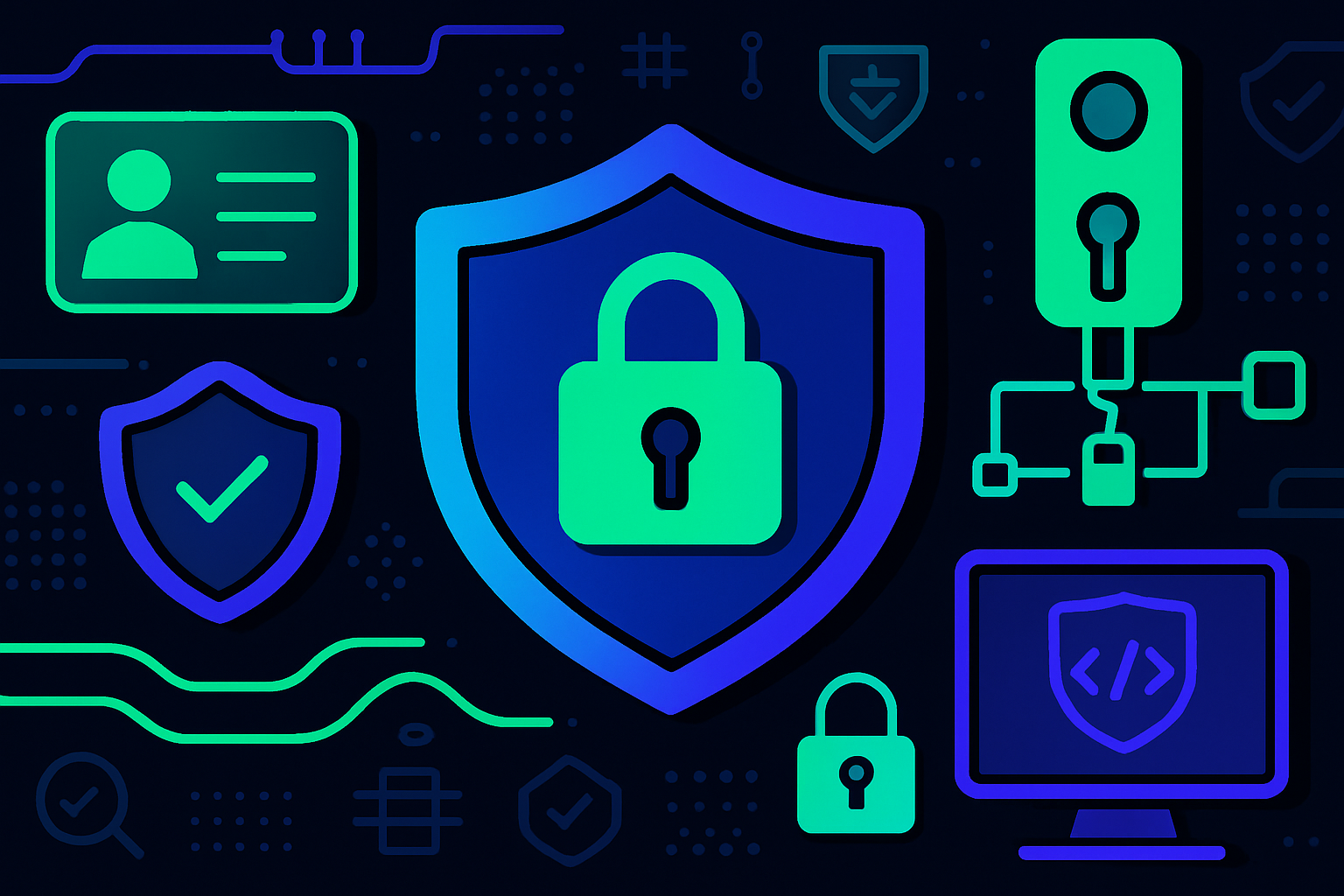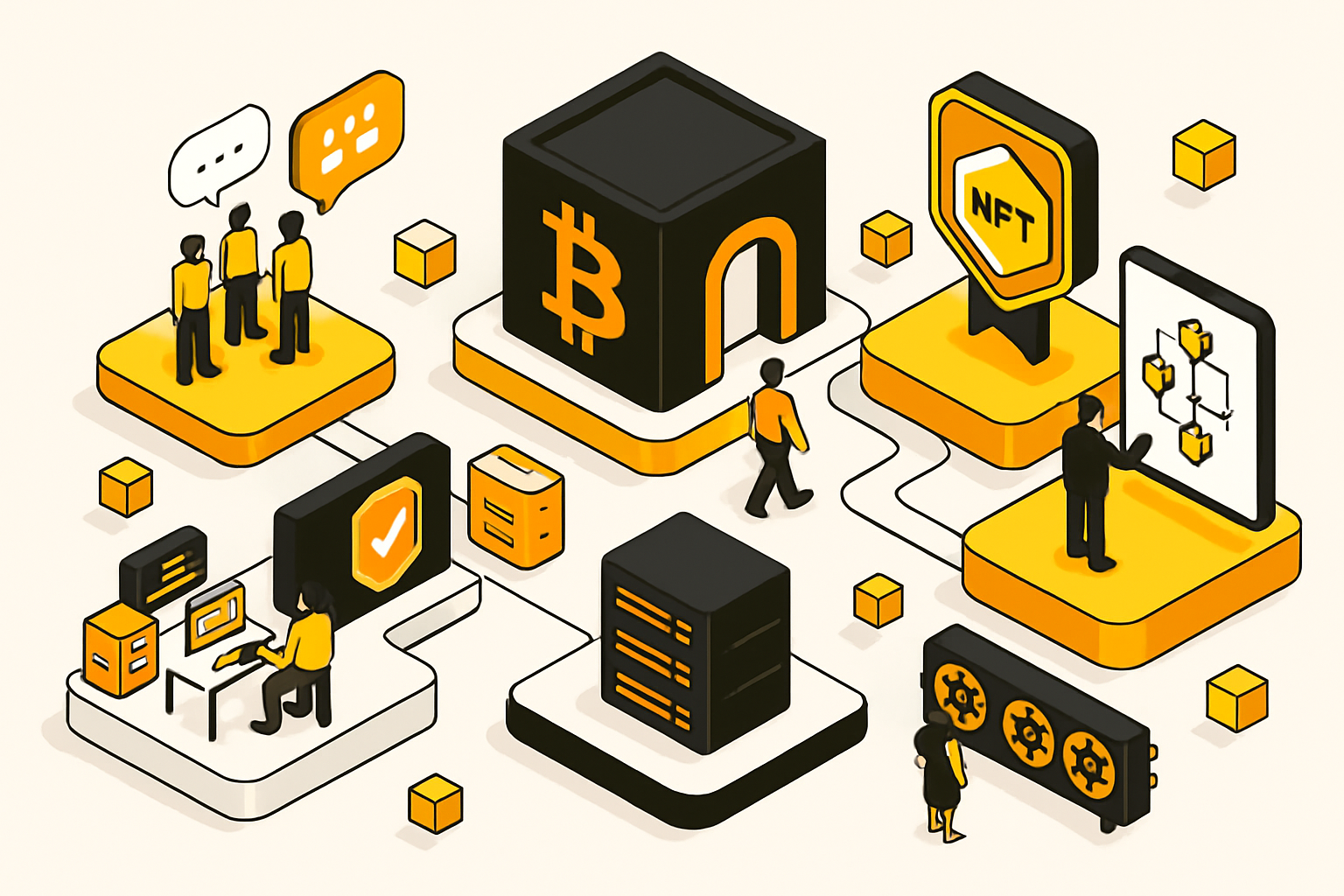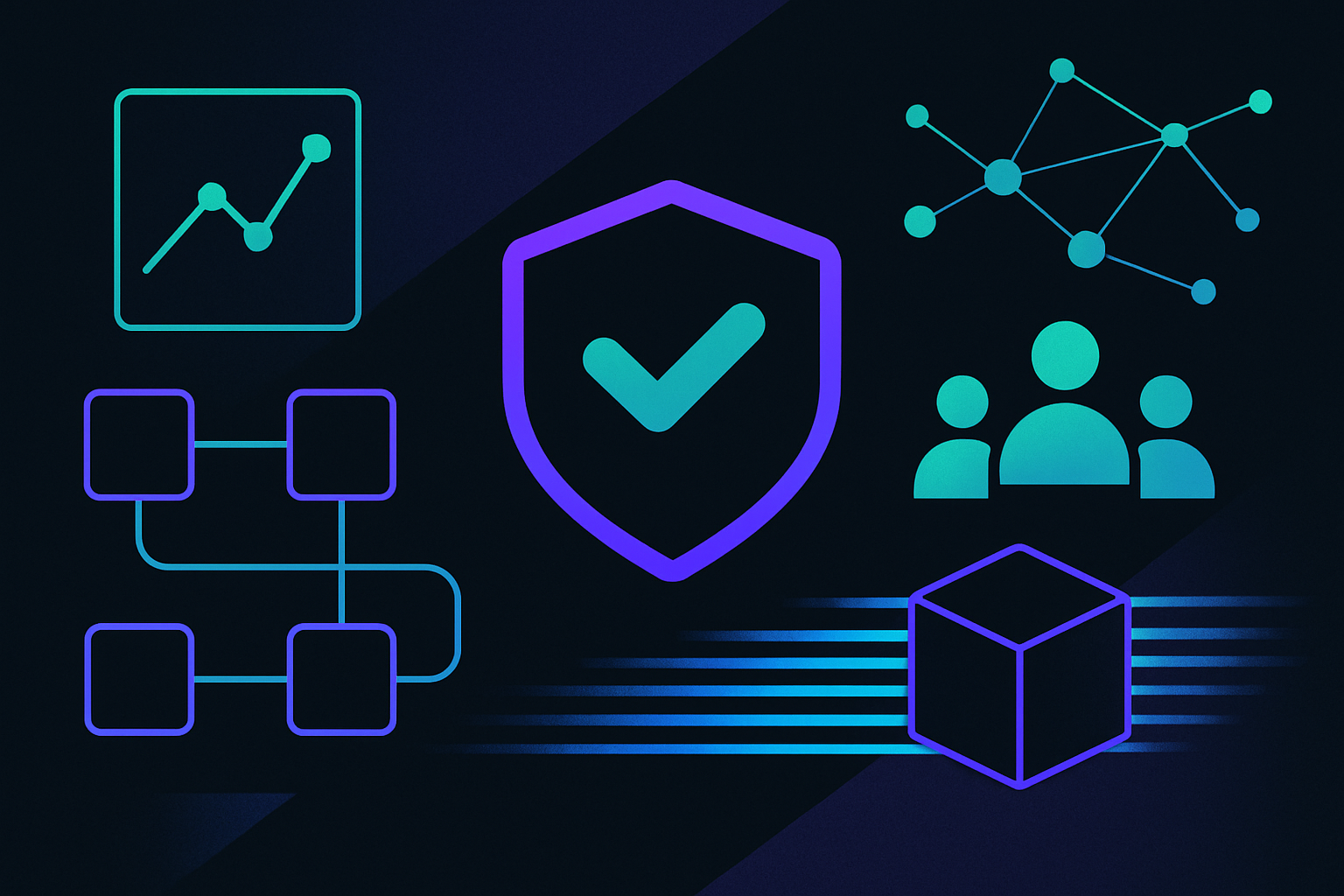
In the fast-evolving landscape of decentralized organizations, DAO governance badges are quietly transforming how web3 communities coordinate, reward, and empower their members. As DAOs mature, the need for transparent, verifiable participation grows ever more urgent. This is where NFT voting badges for DAOs step in, bridging the gap between pseudonymous blockchain identities and accountable, merit-based governance.

From Anonymous Wallets to Verifiable Identities
For years, DAOs struggled with the challenge of ensuring that each participant was unique and eligible, without sacrificing privacy or decentralization. Traditional token-based voting systems left room for manipulation through duplicate wallets or Sybil attacks. Today, decentralized governance NFTs offer a compelling solution: each badge is minted to a single wallet address and acts as a digital ID card. This not only prevents fraudulent votes but also ensures that contributor recognition is transparent and tamper-proof.
As highlighted by recent case studies on member participation and voting transparency, the on-chain nature of NFT badges means every issuance is publicly auditable. Members can verify who holds which badge, and why, creating a culture of trust without sacrificing privacy.
NFT Badges as Dynamic Contributor Rewards
The beauty of DAO contributor rewards lies in their programmability. Unlike static tokens, NFT badges can be tailored to reflect a member’s specific contributions, be it code commits, proposal authorship, or community moderation. For instance, a developer who ships critical protocol upgrades might receive a rare badge with higher voting weight than one earned for attending meetings. This meritocratic model motivates ongoing engagement while ensuring that decision-making power aligns with real impact.
DAOs like Bankless have pioneered this approach by issuing special badges for active participation, creating an on-chain reputation system that’s open for all to see. By tracking each contribution transparently, communities foster intrinsic motivation rather than relying solely on financial incentives.
Building Trust Through Radical Transparency
The most profound shift enabled by NFT voting badges for DAOs is the move toward radical transparency in governance processes. Every badge issuance and every vote cast is recorded immutably on the blockchain. Anyone, whether inside or outside the DAO, can audit these records at any time. This public ledger not only deters abuse but also signals integrity to potential partners and observers.
If you’re curious about how this works in practice, from tracking proposals to assigning weighted votes, see our deep dive on tracking contributions and assigning voting power. The result? A governance system where accountability isn’t just promised, it’s mathematically enforced.
Pseudonymity Meets Meritocracy
This new paradigm doesn’t just protect against fraud; it unlocks new forms of community expression and leadership. Pseudonymous contributors can build verifiable reputations over time, earning influence based on what they do, not who they know or how many tokens they bought early on. The result is a more inclusive playing field where anyone willing to contribute meaningfully can rise through the ranks.
Beyond the technical advantages, the cultural impact of web3 governance credentials is impossible to ignore. DAO members proudly display their badges as digital trophies, signaling expertise and dedication within and beyond their communities. This social layer reinforces positive feedback loops: active contributors gain visible recognition, which in turn attracts new talent and deepens engagement.
As DAOs experiment with badge rarity and dynamic weighting, they’re discovering innovative ways to balance inclusivity with effective leadership. For example, some organizations issue tiered badges, bronze for first-time voters, silver for proposal authors, gold for project leads, each unlocking new levels of voting power or community privileges. This granular approach ensures that influence is earned and continually refreshed through ongoing participation.
Transparency isn’t just internal. Prospective partners, investors, or regulators can independently verify a DAO’s governance structure by reviewing badge distribution on-chain. This public accountability provides a foundation for trust that goes far beyond marketing claims or static whitepapers. For those looking to understand the mechanics in detail, our resource on how NFT badges enhance transparency in DAO decision-making offers practical frameworks and real-world examples.
Best Practices: Evolving With the Community
The most successful DAOs treat their badge systems as living organisms, regularly auditing distribution models, collecting feedback from members, and iterating on criteria as needs evolve. Open discussion channels and transparent badge issuance policies help prevent centralization of power while maintaining agility in governance design.
Top Tips for Implementing NFT Voting Badges in DAOs
-
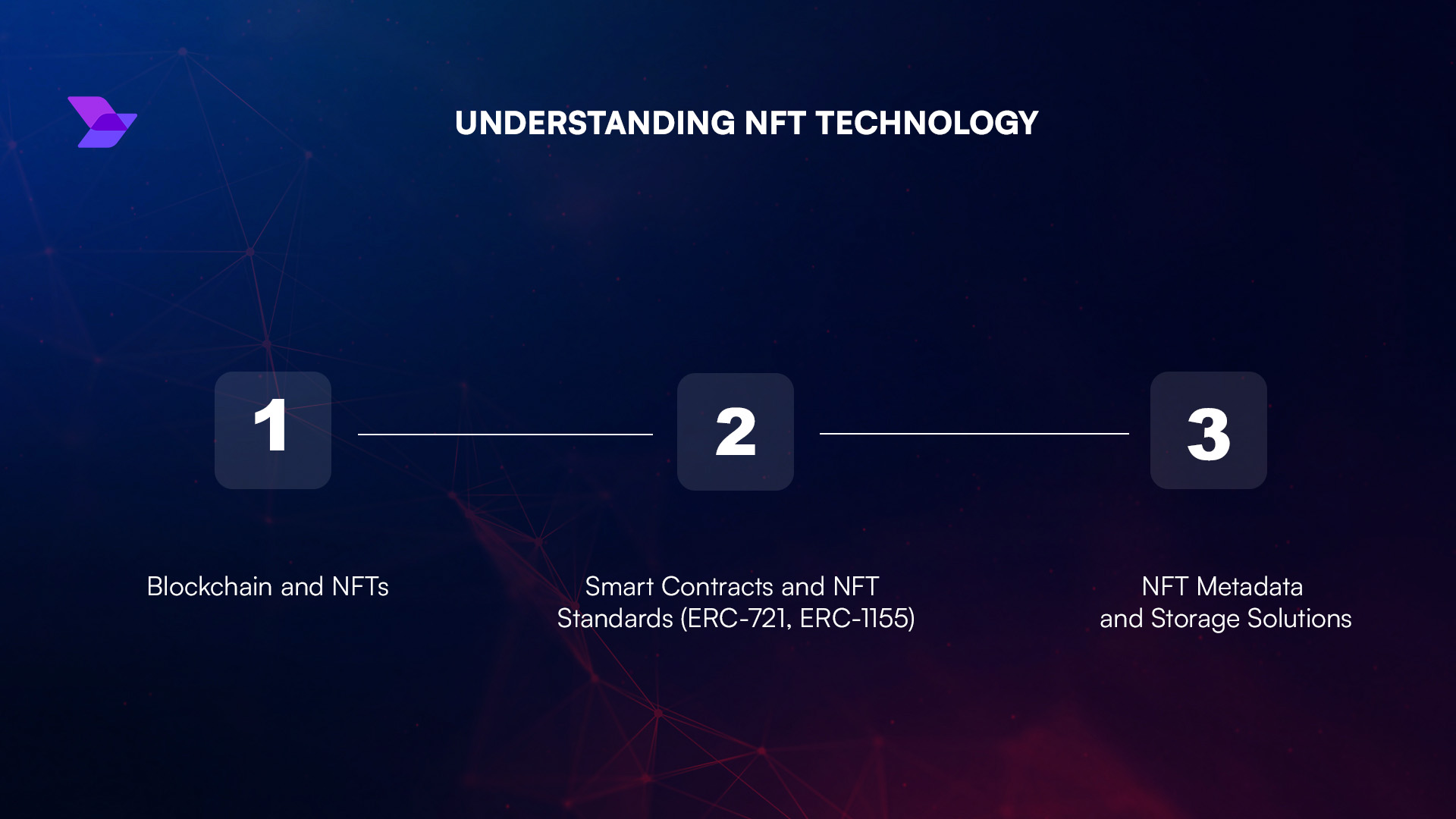
Define Clear Badge Criteria: Establish transparent, objective requirements for earning governance NFT badges—such as participation in proposals, voting activity, or contribution milestones. This ensures fairness and motivates meaningful engagement.
-

Integrate with Established Voting Platforms: Use reputable platforms like Snapshot to link NFT ownership with voting rights. Snapshot enables gasless, off-chain voting and supports custom strategies for NFT-based governance.
-

Implement Badge Rarity and Weighting: Assign different voting weights or privileges based on NFT badge rarity or attributes. This approach recognizes and rewards higher levels of contribution or expertise within the community.
-
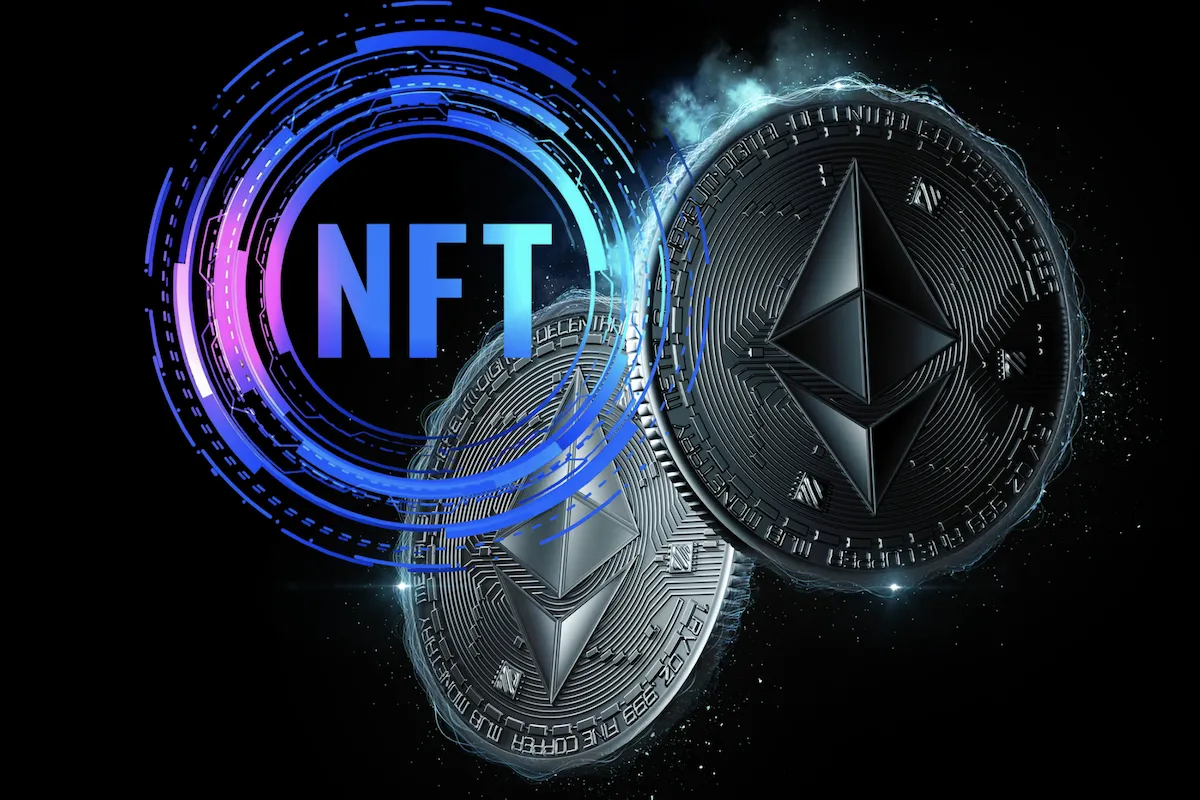
Ensure Transparent Distribution and Tracking: Use blockchain explorers like Etherscan to publicly verify badge issuance and ownership. This builds trust and allows members to independently audit governance processes.
-
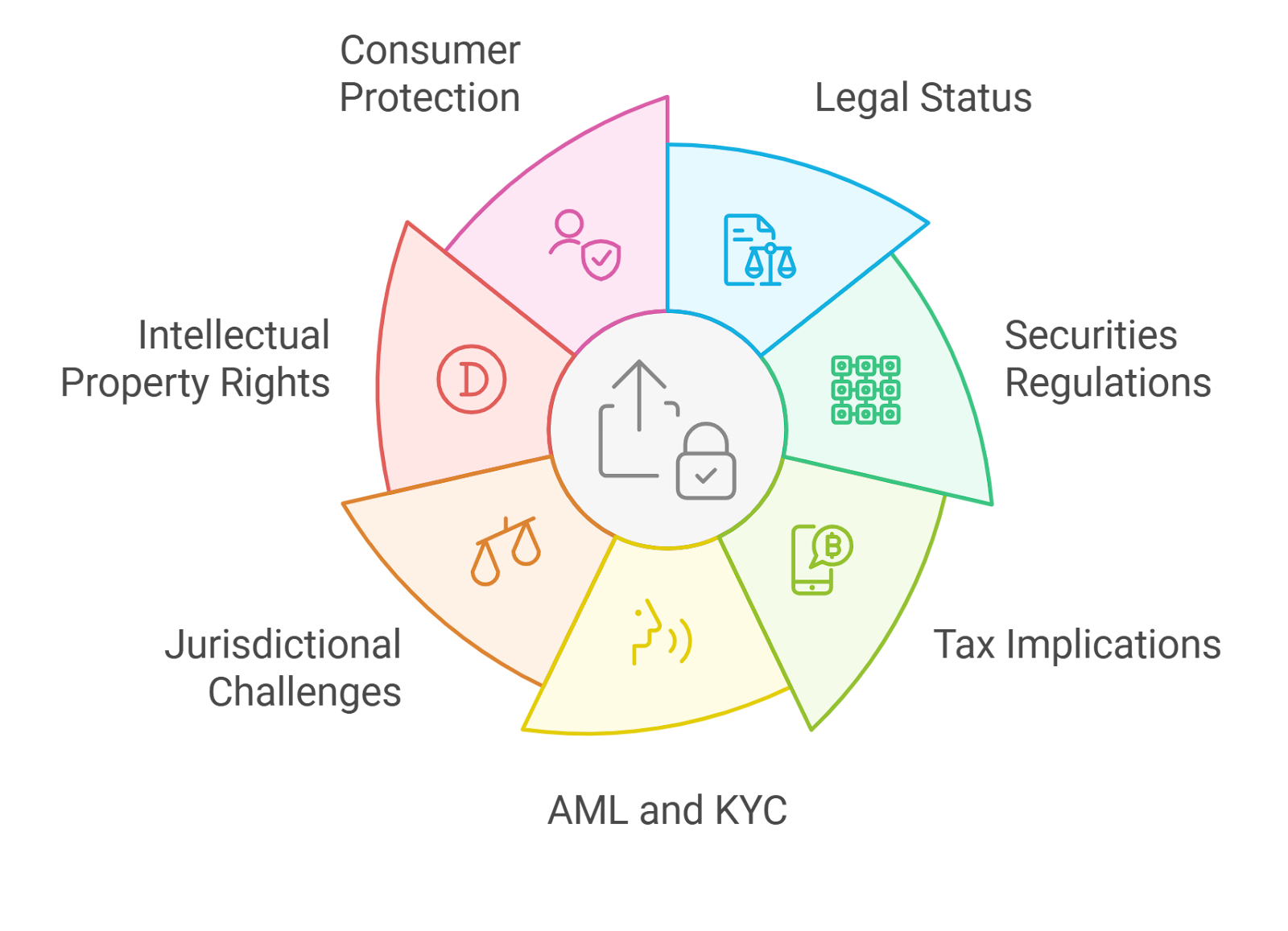
Regularly Audit and Update Governance Mechanisms: Periodically review badge distribution, voting models, and participation data to adapt to evolving community needs. Incorporate feedback and best practices from leading DAOs to maintain an effective and inclusive governance structure.
It’s also crucial to ensure that badge issuance remains accessible to newcomers while preserving the value of long-term contributions. Some DAOs host onboarding quests or learning modules where new members can earn their first credential by completing simple tasks or attending community calls. Others offer seasonal reviews where outdated badges can be upgraded or retired based on recent activity.
DAO contributor rewards are not just about compensation, they’re about building a culture where every member feels seen, valued, and empowered to shape collective outcomes.
The Future: Composable Governance Across Web3
The promise of decentralized governance NFT infrastructure extends far beyond any single organization. As standards emerge for interoperable badges, we’ll see contributors seamlessly carry their reputations across multiple DAOs, enabling cross-community collaboration at unprecedented scale. Imagine a world where your open-source work in one protocol automatically unlocks voting rights or leadership opportunities in another.
This vision is already taking shape as more projects adopt open badge schemas and integrate with platforms like Snapshot for gasless voting tied directly to credential ownership. The result is a web3 ecosystem where reputation is portable, verifiable, and earned through action rather than privilege.
The journey toward robust decentralized decision-making is still evolving, but with each innovation in DAO governance badges, we move closer to a future where transparency, meritocracy, and community empowerment are not just aspirations but everyday realities for web3 organizations.


